AI-piloted F-16 takes on human pilot in ‘complex dogfights’
- By Alex Hollings
Share This Article
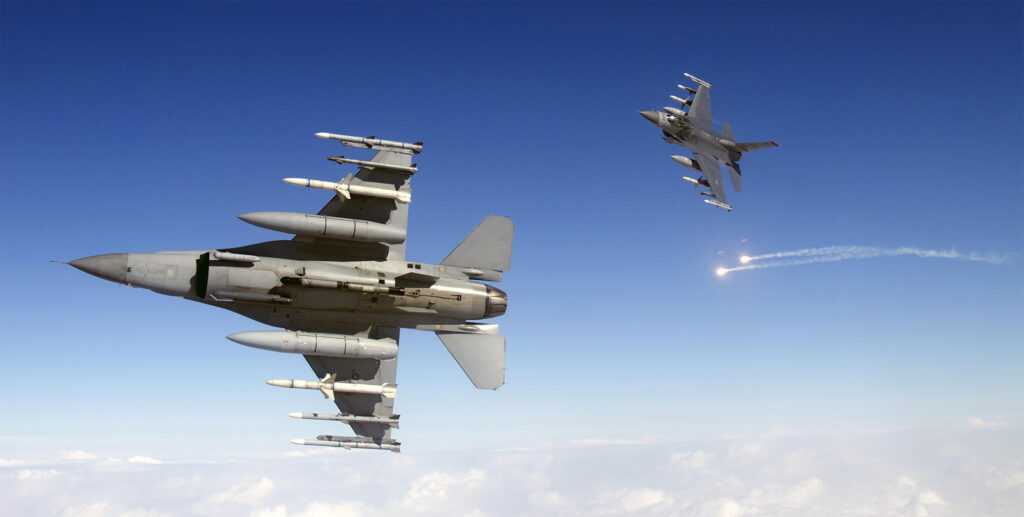
On Wednesday, the U.S. Air Force revealed that its ongoing effort to field artificial intelligence (AI) pilots for combat aircraft has already seen AI-piloted F-16s take on their human counterparts in complex air-combat exercises. This effort is part of DARPA’s Air Combat Evolution (ACE) program, and is seen as an essential step toward equipping forthcoming 6th-generation fighters with AI-enabled drone wingmen.
These drills, which took place over the past 12 months, saw artificial intelligence take the stick of a heavily modified Block 30 F-16D known as the X-62 VISTA throughout a series of 21 increasingly complex operations, with rapid changes made to the coding of the AI “agent” piloting the aircraft between each bout. After logging more than 100,000 code changes to the AI’s flight-critical software over the course of the year, the AI agent was made ready to take on a human pilot in an opposing F-16 in what the Air Force described as “highly complex dogfights.”
“The potential for autonomous air-to-air combat has been imaginable for decades, but the reality has remained a distant dream up until now. In 2023, the X-62A broke one of the most significant barriers in combat aviation. This is a transformational moment, all made possible by breakthrough accomplishments of the X-62A ACE team,” said Secretary of the Air Force Frank Kendall.
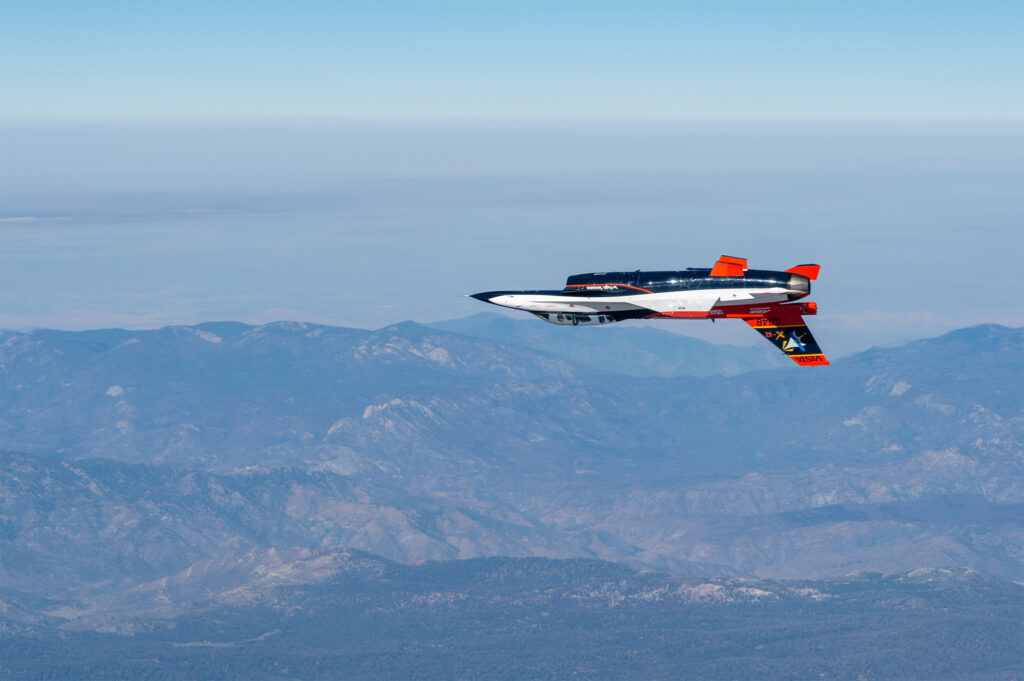
The AI agent in control of the X-62 started by learning defensive maneuvers, before eventually moving on to offensive ones, and finally, offensive high-aspect nose-to-nose engagements against crewed fighters. During these dogfights, the AI-piloted X-62 and its human-piloted F-16 opposition reportedly closed to within just 2,000 feet of one another at speeds in excess of 1,200 miles per hour (greater than Mach 1.5), all while staying within the confines of the exercise’s safety parameters.
The X-62A, which was previously known as the NF-16D, is an experimental testbed equipped with a multi-axis thrust vectoring (MATV) engine nozzle similar to those employed by super-maneuverable Russian fighters like the Su-35. The aircraft couples this capability with a unique fly-by-wire system meant to allow the aircraft to replicate the in-flight behavior of any aircraft in service, allowing pilots inside the X-62A to feel like they’re flying anything from a C-130 to an F-22 Raptor. This unique control system made the X-62A well-suited to have an AI agent incorporated into its onboard systems, making it a logical first choice for the effort.
According to the Air Force, the X-62 flew entirely under AI control, but did have a human “safety pilot” onboard with a switch that could disengage the AI controls in the event of an emergency, though no such event occurred at any point in the 21 flights. The Air Force is so confident in its AI pilot, in fact, that Air Force Secretary Frank Kendall is expected to go for a ride in the X-62 during just such a combat exercise held at Edwards Air Force Base in the near future.
Related: Airpower en masse: America’s new approach to warfare
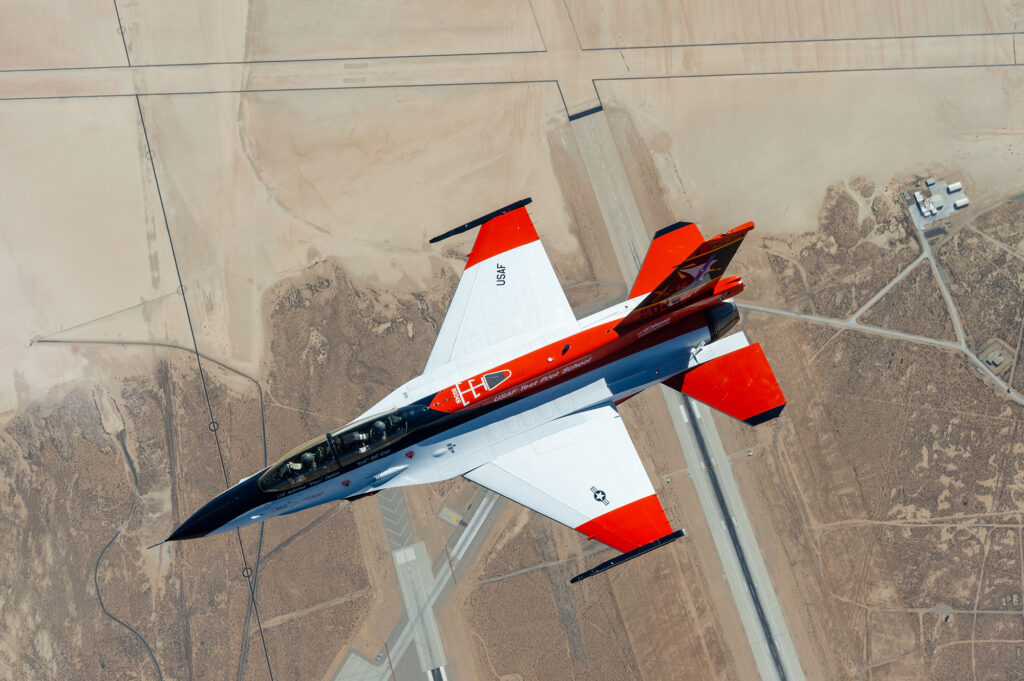
Dogfighting, commonly referred to as Basic Fighter Maneuvers or BFM by pilots, may not be a common occurrence in modern military aviation, but it’s seen as an important metric of the AI’s piloting ability. Flying combat aircraft is, at its most basic levels, an exercise in complex decision-making, and few exercises force pilots to make faster decisions than a close-quarters fight against an aerobatically capable opponent.
“It’s very easy to look at the X-62A ACE program and see it as under autonomous control, it can dogfight, but that misses the point. Dogfighting was the problem to solve so we could start testing autonomous artificial intelligence systems in the air. Every lesson we’re learning applies to every task you could give to an autonomous system,” said Bill Gray, the Air Force Test Pilot School’s chief test pilot.
This effort has previously been described as one part of the broader Project Viper Experimentation and Next-Gen Operations Mode, or VENOM, which aims to install similar AI pilots in six more F-16s equipped with a full array of onboard sensors. The goal is to use these aircraft in a variety of test operations to gather useful data on manned-unmanned-teaming concepts while simultaneously helping to foster higher levels of trust between human pilots and AI “agents.” This focus on trust-building has been a significant part of both the Air Force and the Defense Advanced Research Projects Agency’s (DARPA) efforts to incorporate AI into American airpower for years now.
“With Venom, we will take six F-16s and we’ll kit them out with an autonomous safety box, where we’ll be able to drop in autonomy code and we’ll have a human pilot experiment with it and fly with it to make sure that A – it works, and B – that it has the benefits that we expect the autonomy to deliver operationally,” Air Force’s Chief Scientist, Dr. Victoria Coleman explained last year.
Eventually, these AI agents will not only fly drones alongside crewed fighters, but also fly inside the cockpits of crewed aircraft alongside their human counterparts. This advanced automation could be seen as an incredibly capable autopilot, allowing aviators to focus on the battlespace and mission at hand, while passing off simple operations to the AI.
The U.S. Air Force Test Pilot School and DARPA were recently named finalists for the prestigious 2023 Robert J. Collier Trophy, which is an annual award given for the “greatest achievement” in American aeronautics.
Read more from Sandboxx News
Related Posts
Sandboxx News Merch
-

A-10 ‘Thunderbolt Power’ Poster
$22.00 – $28.00 Select options This product has multiple variants. The options may be chosen on the product page -

A-10 ‘Warthog’ Poster
$22.00 – $28.00 Select options This product has multiple variants. The options may be chosen on the product page -
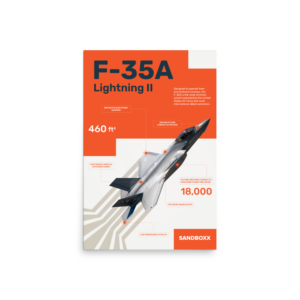
F-35 ‘Lightning’ Poster
$22.00 – $28.00 Select options This product has multiple variants. The options may be chosen on the product page

Alex Hollings
Alex Hollings is a writer, dad, and Marine veteran.
Related to: Airpower, Breaking News
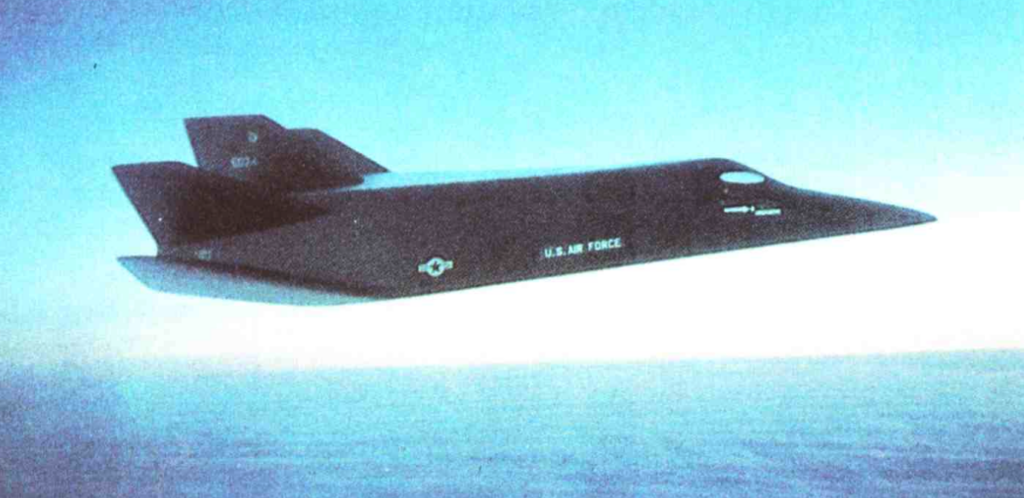
Game-changing military aircraft that were canceled before they could change the game
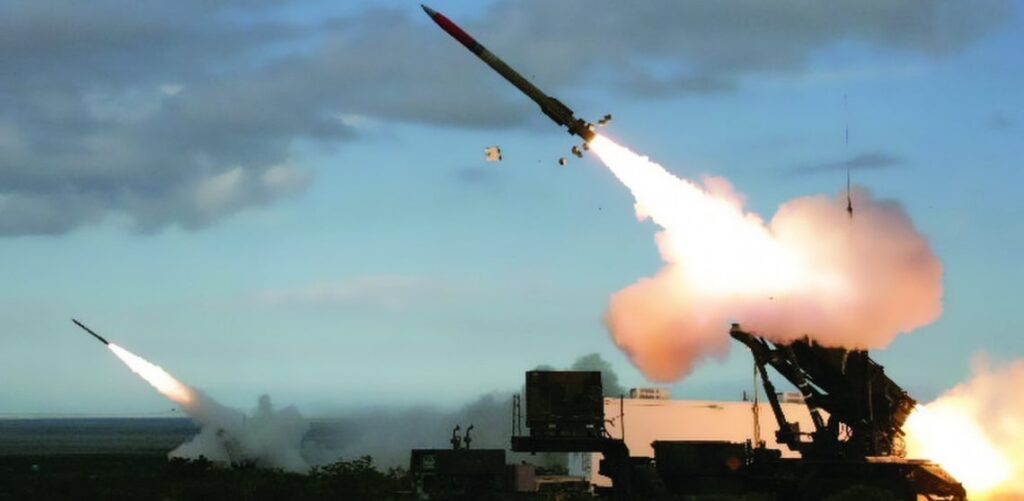
The ultimate guide to the Patriot air defense system
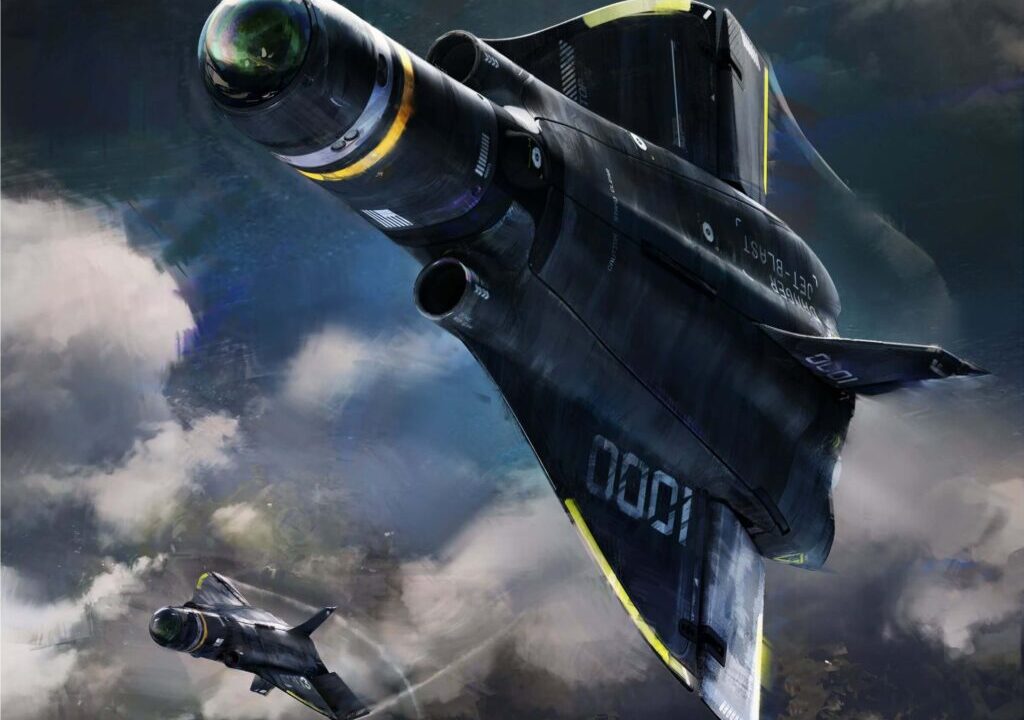
Anduril’s Roadrunner is a unique reusable missile interceptor
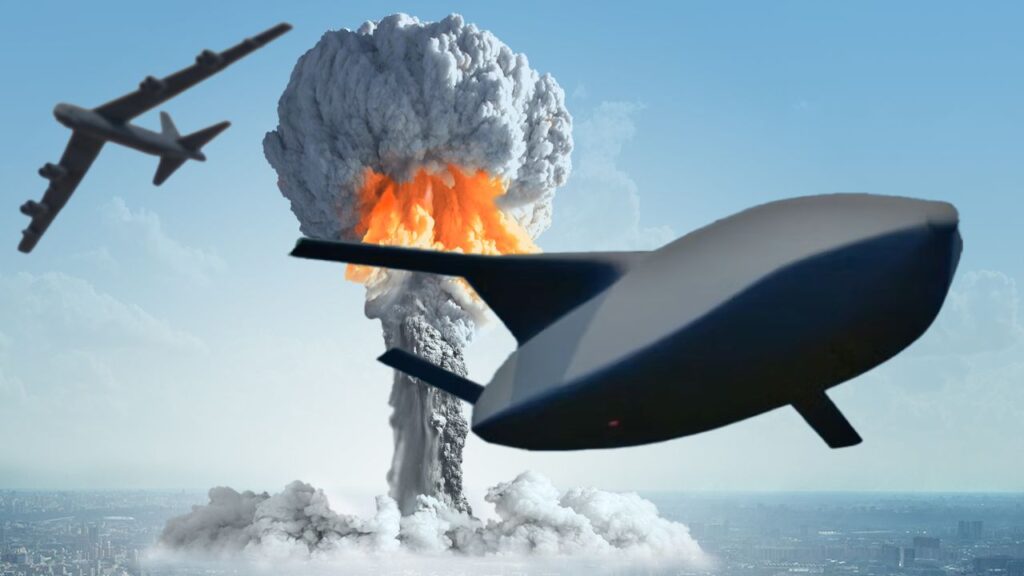
The AGM-181 LRSO missile will modernize America’s nuclear triad
Sandboxx News
-

‘Sandboxx News’ Trucker Cap
$27.00 Select options This product has multiple variants. The options may be chosen on the product page -

‘AirPower’ Classic Hoodie
$46.00 – $48.00 Select options This product has multiple variants. The options may be chosen on the product page -

‘AirPower’ Golf Rope Hat
$31.00 Select options This product has multiple variants. The options may be chosen on the product page -

‘Sandboxx News’ Dad Hat
$27.00 Select options This product has multiple variants. The options may be chosen on the product page
